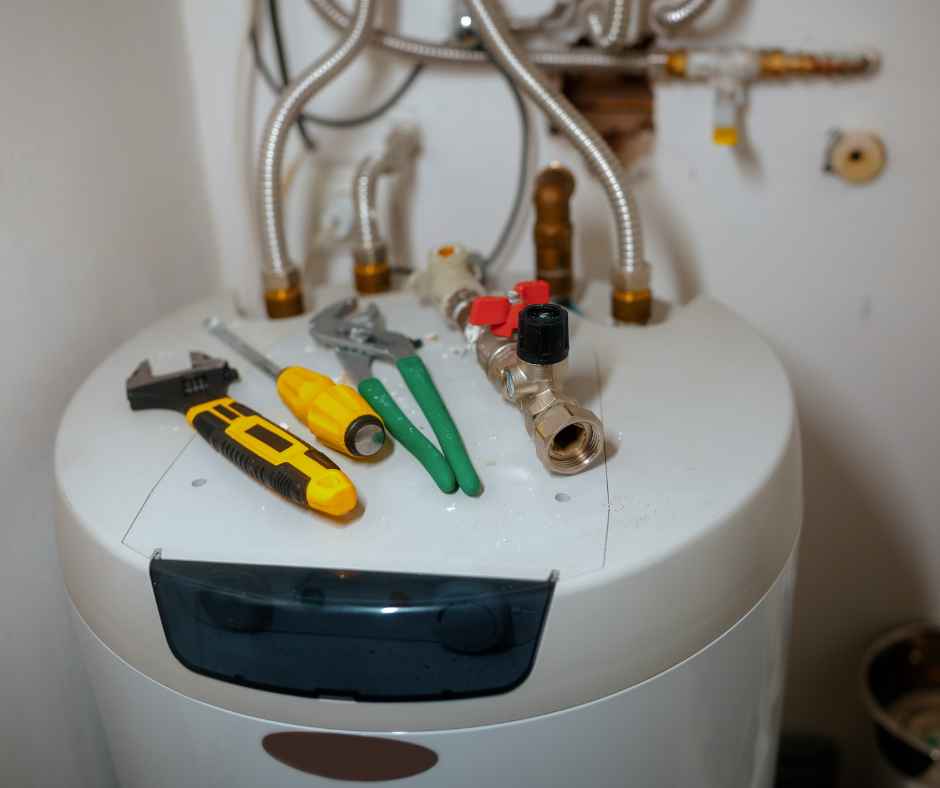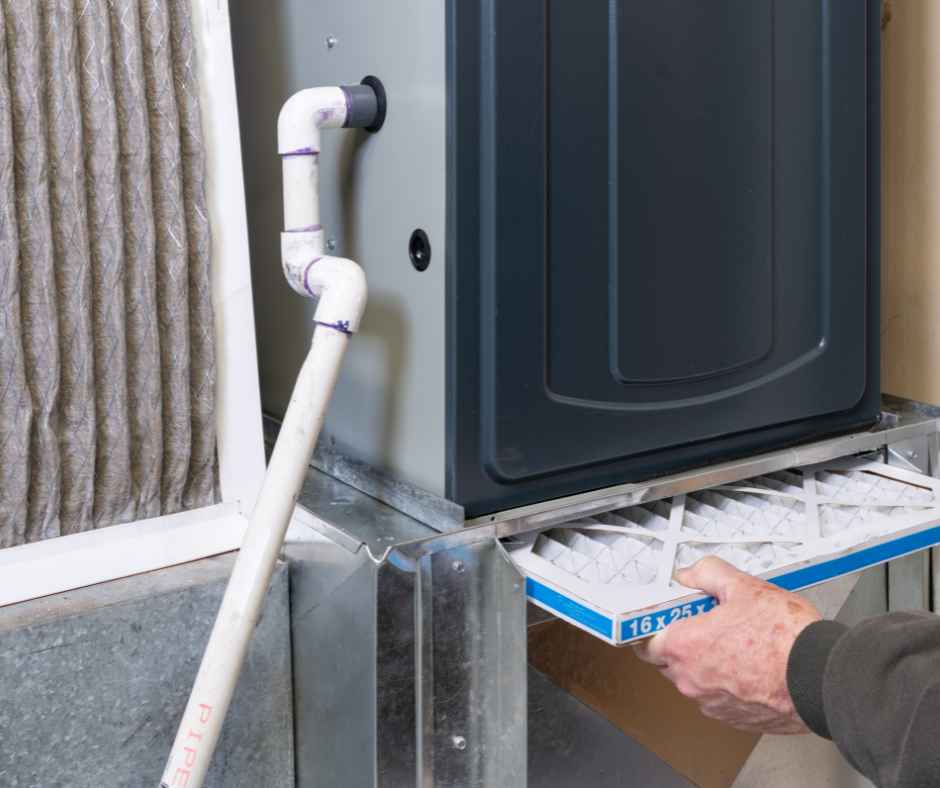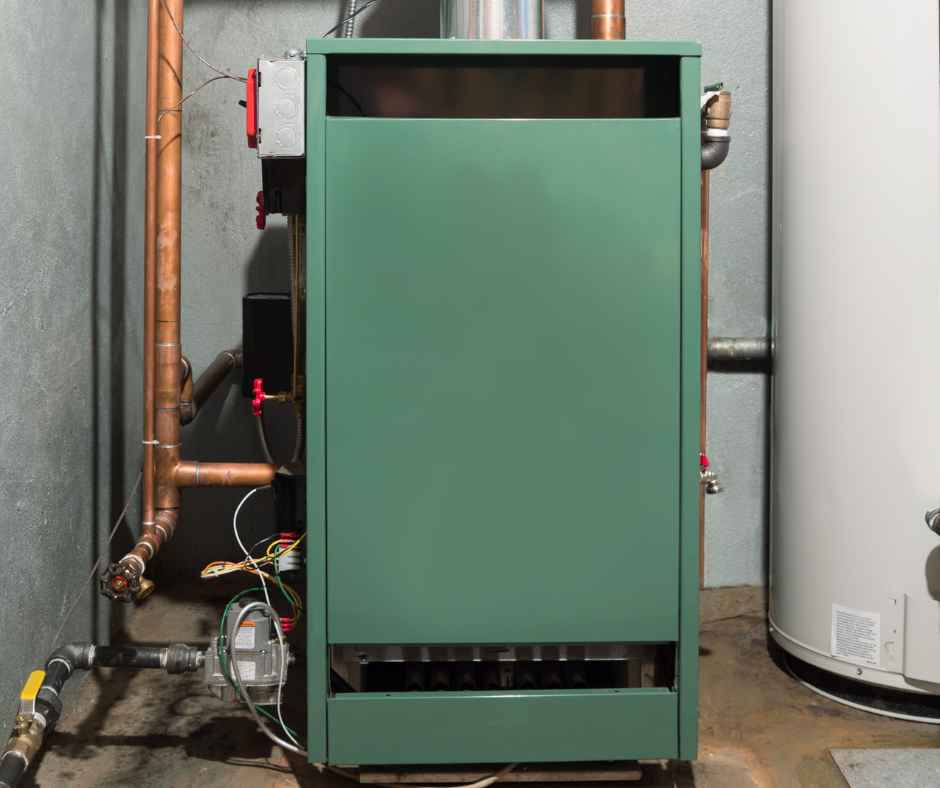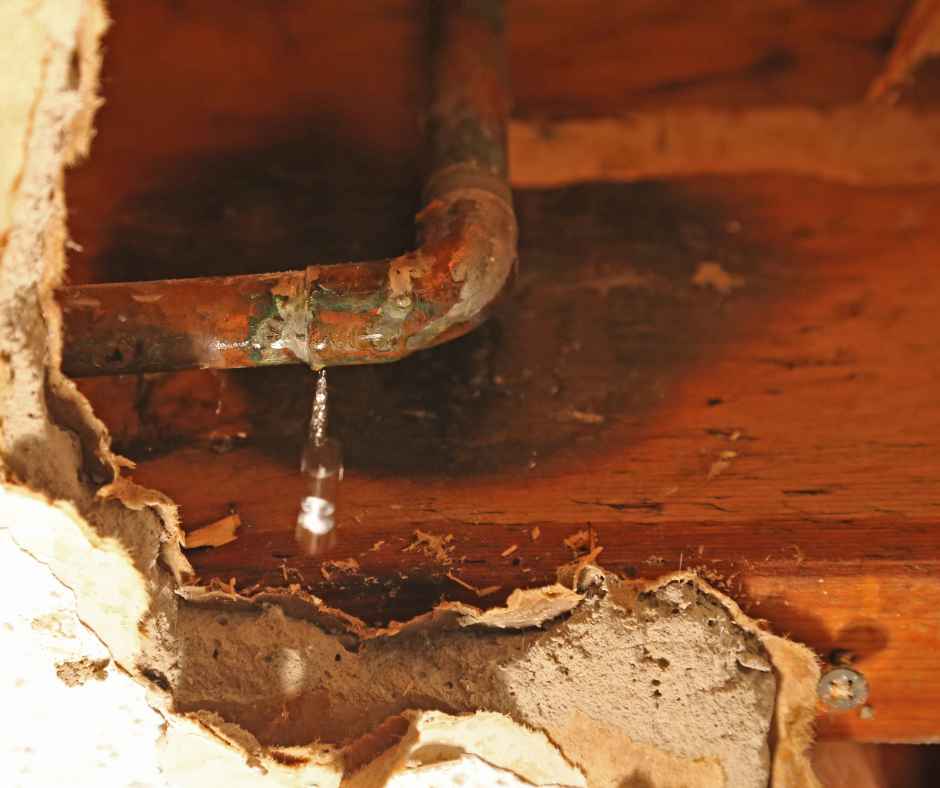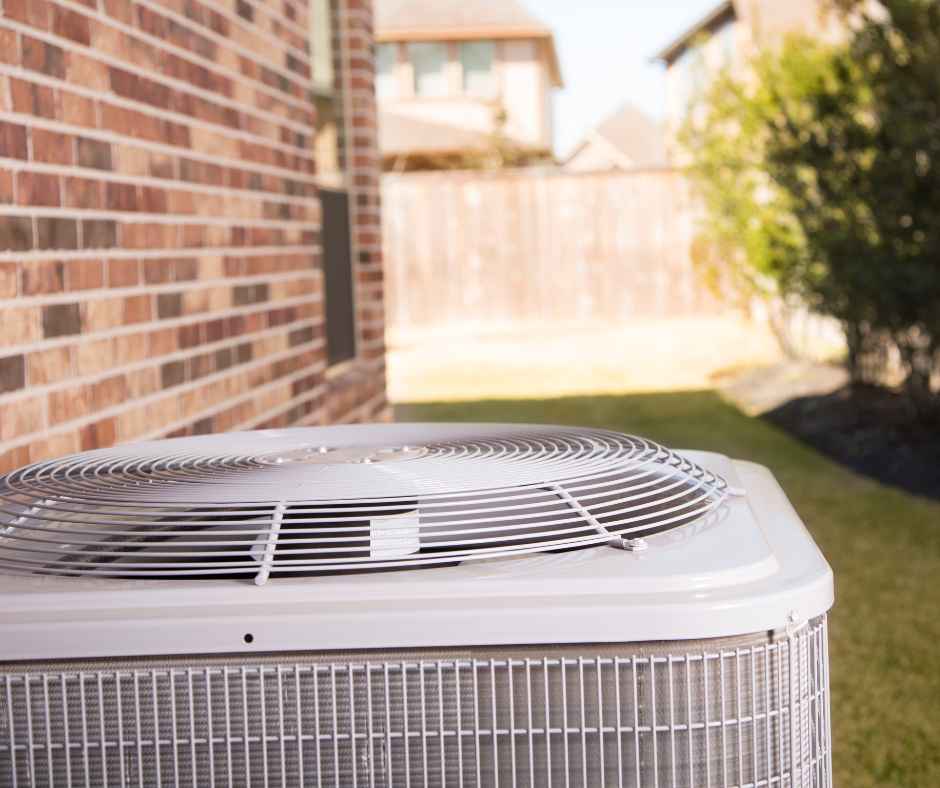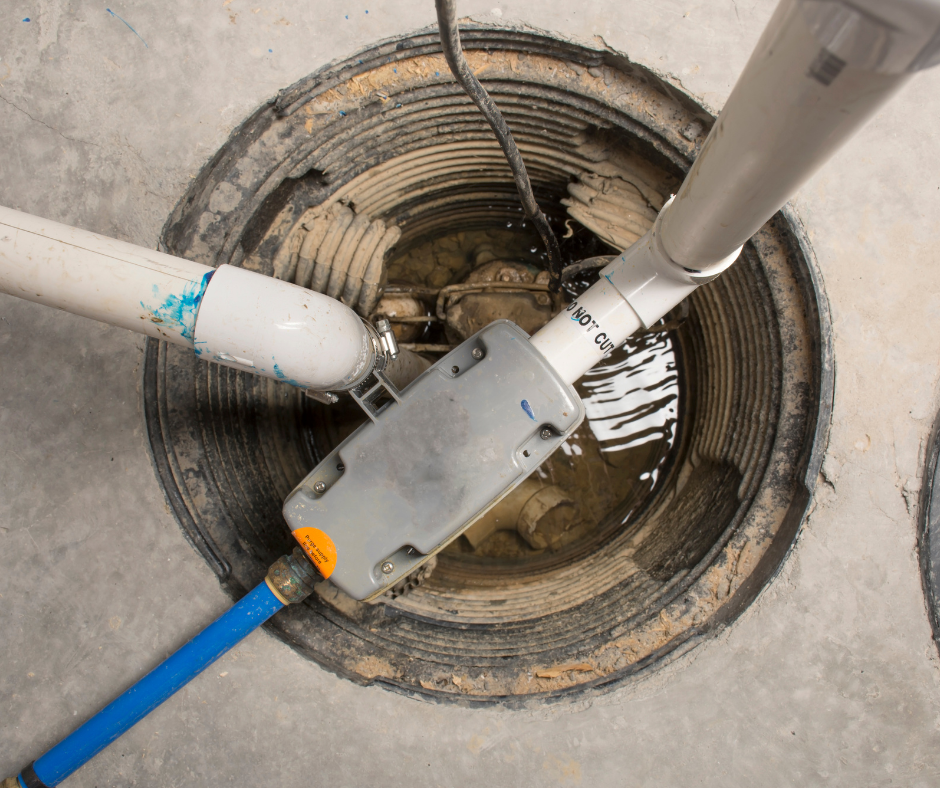Serving central Maryland & eastern shore
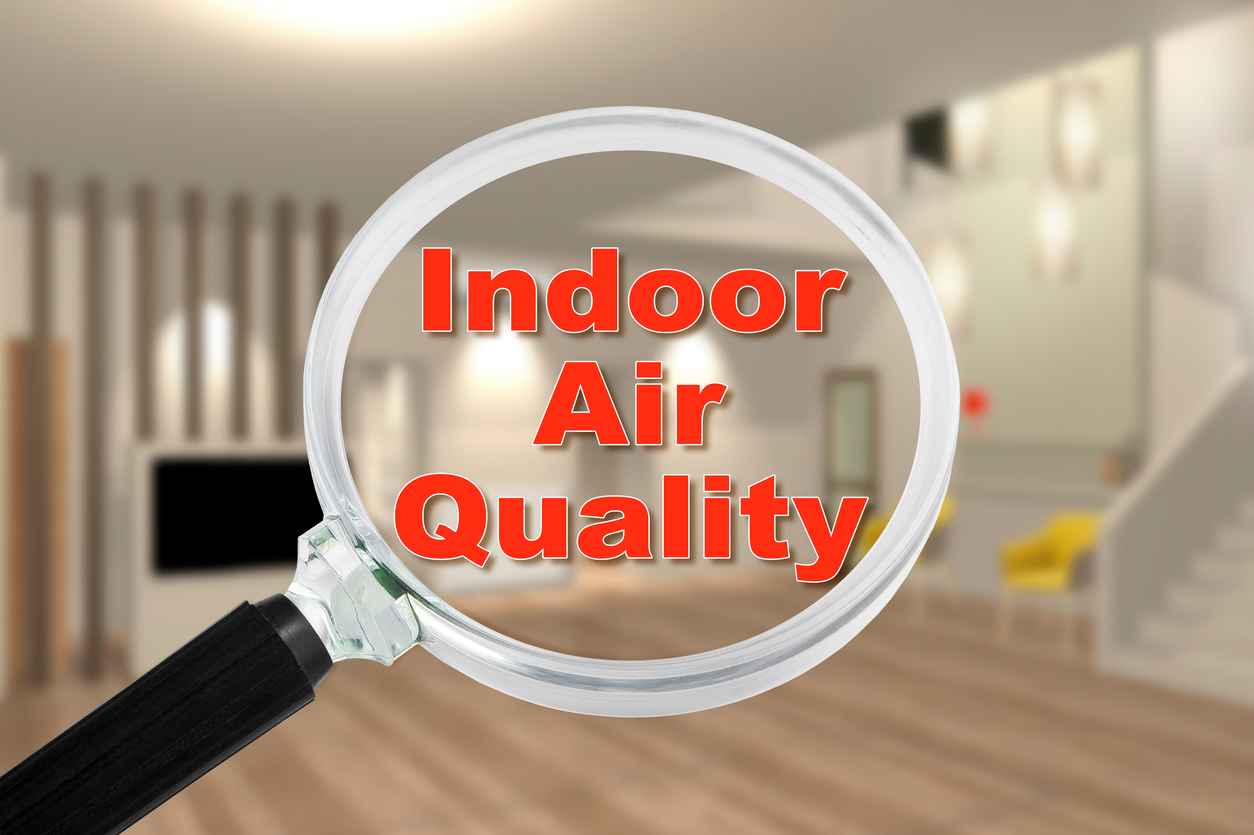
How Do You Test Indoor Air Quality?
Maintaining good indoor air quality is essential for a healthy home environment. Poor indoor air quality can lead to a range of health issues, including allergies, asthma, and other respiratory problems. Whether you’re concerned about dust, mold, pet dander, or chemical pollutants, it’s important to regularly test your home’s air quality to ensure that it meets safe standards.
In this blog, we’ll cover different methods for testing indoor air quality and how to address common issues to keep the air in your home clean and healthy.
Why is Indoor Air Quality Important?
Indoor air quality refers to the condition of the air inside your home or building. It is affected by a variety of factors, such as pollutants, ventilation, and humidity levels. Poor indoor air quality can negatively impact your health, causing symptoms like coughing, sneezing, headaches, fatigue, and irritation of the eyes, nose, or throat. Long-term exposure to poor air quality may even contribute to more serious conditions like heart disease or lung cancer.
By testing your indoor air quality regularly, you can identify potential hazards and take steps to improve the air in your home, ensuring a safer and more comfortable living environment for your family.
Methods for Testing Indoor Air Quality
There are several methods you can use to test indoor air quality, ranging from DIY solutions to professional assessments. Below are some of the most common approaches:
DIY Air Quality Monitors
Air quality monitors are devices designed to detect and measure various pollutants in your home. These devices can measure levels of particulate matter (PM), volatile organic compounds (VOCs), carbon dioxide (CO2), and humidity. They provide real-time data on your air quality, allowing you to address issues as they arise.
While DIY air quality monitors can be a convenient and affordable way to test air quality, they may not detect all types of pollutants, and their accuracy can vary depending on the model. However, they are a great starting point for homeowners looking to monitor their home’s air quality regularly.
Professional Indoor Air Quality Testing
For a more comprehensive assessment, it’s recommended to hire a professional service to test your indoor air quality. Professionals use specialized equipment to test for a wide range of pollutants, including mold, radon, carbon monoxide, VOCs, and other harmful substances that might be present in your home’s air.
Professional air quality testing provides detailed insights and accurate results, helping you pinpoint specific problems and receive tailored recommendations for improving the air quality in your home.
Mold and Allergen Testing
If you’re concerned about mold or allergens in your home, specific testing kits are available. Mold testing can involve taking air samples or using surface swabs to detect mold spores, while allergen testing identifies common triggers like pet dander or dust mites.
Testing for mold is particularly important in areas with high humidity or after water damage, as mold can pose serious health risks if left untreated. Identifying allergens can also help reduce allergy symptoms by addressing the sources of irritation.
Carbon Monoxide Detectors
Carbon monoxide (CO) is a colorless, odorless gas that can be fatal if inhaled in large quantities. While standard indoor air quality monitors may not detect carbon monoxide, installing CO detectors in your home is a critical step in maintaining safe indoor air quality.
Ensure you have carbon monoxide detectors in key areas of your home, especially near sleeping areas and any gas-burning appliances, to safeguard your household from CO exposure.
Improving Indoor Air Quality
Once you’ve tested your indoor air quality, there are several ways to improve it depending on the specific issues you’ve identified:
- Increase Ventilation: Proper ventilation helps to reduce the concentration of indoor pollutants. Opening windows, using exhaust fans, and installing air purifiers can all help improve airflow and remove contaminants.
- Control Humidity Levels: High humidity can lead to mold growth and other air quality problems. Using dehumidifiers in damp areas like basements or bathrooms can help maintain optimal humidity levels.
- Regular Cleaning: Dust, pet dander, and other allergens can accumulate over time, so regular cleaning, including vacuuming carpets and changing air filters, is key to keeping indoor air quality in check.
- Use Eco-Friendly Products: Many household cleaners and air fresheners contain harmful chemicals that can pollute indoor air. Opt for natural, non-toxic products to reduce the presence of volatile organic compounds in your home.
Improve Your Indoor Air Quality with Staton Heating, Cooling & Plumbing
If you need assistance with testing or improving your home’s air quality, Staton Heating, Cooling & Plumbing in Central Maryland is here to help. Contact us today for all your indoor air quality, heating, cooling, and emergency HVAC repair needs, and let us help you create a healthier home.


